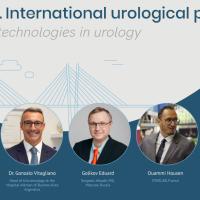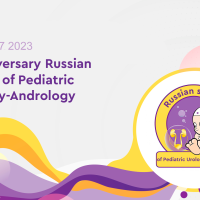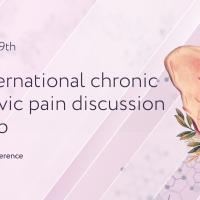
Congratulations! Prostatic arterial embolization vs open prostatectomy: A matched-pair analysis of functional outcomes and morbidities after 1-year of follow-up
- ВКонтакте
- Telegram
Article authors












1 University of Catania, Dept. of Urology, Catania, Italy,
2 Endocrinological Research Centre, Dept. Andrological and Urological, Moscow, Russia
3 Tor Vergata University, Dept. of Experimental Medicine and Surgery, Rome, Italy
 INTRODUCTION & OBJECTIVES
INTRODUCTION & OBJECTIVES
Surgical treatment of benign prostatic obstruction (BPO) secondary to benign prostatic hyperplasia (BPH) for large prostate is changing from conventional, Open Prostatectomy (OP) to minimally invasive surgical therapies, like holmium laser enucleation or also prostatic artery embolization (PAE). We aimed to compare surgical, functional data, and complications of OP and PAE.
MATERIAL & METHODS
From January 2006 to January 2013, we prospectively gathered data from 120 consecutive patients affected by LUTS due to benign prostatic enlargement (BPE) causing BPO. A 1:2 matched-pair comparison was done regarding age, body mass index, PSA, Prostate Volume (PV), peak flow (PF), post-void residue (PVR), IPSS, IIEF-5 and pre-operative haemoglobin (Hb) i ncluding 40 patients after OP and 80 after PAE. All OP procedures were performedat the Dept. of Urology University of Catania (Catania, Italy) and all PAE procedure were performed at the Andrological and Urological Department, Endocrinological Research Centre (Moscow, Russia). PAE procedure was performed as already reported by Kurbatov D et al. Primary end-points of the study were the comparison regarding IPSS, IIEF-5, PF, PVR and IPSS-QoL after 1 year of follow-up. Secondary end-points were the comparison regarding post-operative Hb, duration of catheterization and duration of hospitalization.
RESULTS
Median age was 67.5 (IQR: 64.0-72.0) in the OP group and 65.0 (IQR: 63.0-71.75) in the PAE group. Median PV was 102.0 (IQR: 95.0-117.0) in the OP group and 108.0 (IQR: 99.25-128.75) in the PAE group. Median IPSS was 23.0 (IQR:21.0-28.0) in the OP group and 22.5 (IQR: 18.25-29.75) in the PAE group. The groupswere also comparable regarding, BMI, PF, PVR, IIEF-5, PSA, preoperative PSA, IPSS-QoL and charlson comorbidity index. The matched-pair comparison showed higher value of post-operative Hb (mg/dl) (14.4 vs. 11.0; p<0.05) and lower value of hospitalization (days) (2.0 vs. 9.0; p<0.05) and catheterization (days) (0.0 vs. 7.0; p<0.05) for PAE group. Regarding primary end-points, we found lower level of 1 year IPSS (5.0 vs. 9.0; p<0.05), 1 year PVR (0.0 vs. 20.0; p<0.05), 1 year PSA (0.89 vs. 2.1; p<0.05), IPSS-QoL (0.0 vs. 3.0; p<0.05) and 1 year IIEF-5 (14.0 vs. 15.0; p<0.05) for OP group. Similar results concerning 1 year PF (18.4 vs. 17.5; p=0.34) for OP vs. PAE. Multivariate logistic regression, adjusted for pre- and peri-operative variables, showed that PAE was associated with persistent symptoms after 1 year (IPSS > 8) (OR: 12.44 [95%CI: 5.5-12.89]; p<0.05) and 1 year peak flow < 15 ml/s (OR: 4.95 [95%CI: 1.73-14.15]; p<0.05). The bootstrapping calculations generally confirmed the p-values. During the perioperative period, 5 (12.5%) patients in the OP group required blood transfusion. Only 1 patients (1.25%) experienced limited (4 wk) hematospermia in the PAE group. Fewer complications were recorded in the PAE group than in the OP group (11.25% vs. 42.5%; p<0.05). The PAE group had fewer Clavien grade 2 complications than the OP group (1.25% vs. 12.5%; p<0.05).
CONCLUSIONS
PAE is feasible and minimally invasive technique associated with lower value of catheterization, hospitalization and higher of post-operative Hb. However, PAE is associated with 1 year persistent symptoms (IPSS > 8) and peak flow < 15 ml/s. PAE should be performed in very selected patients.






